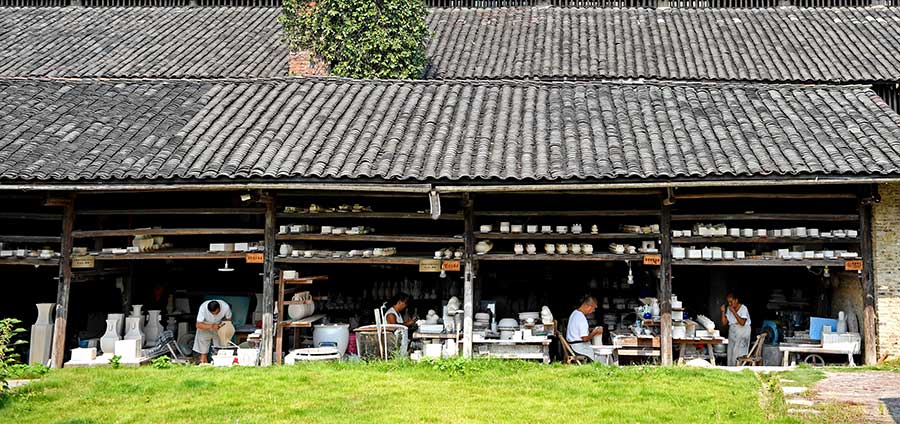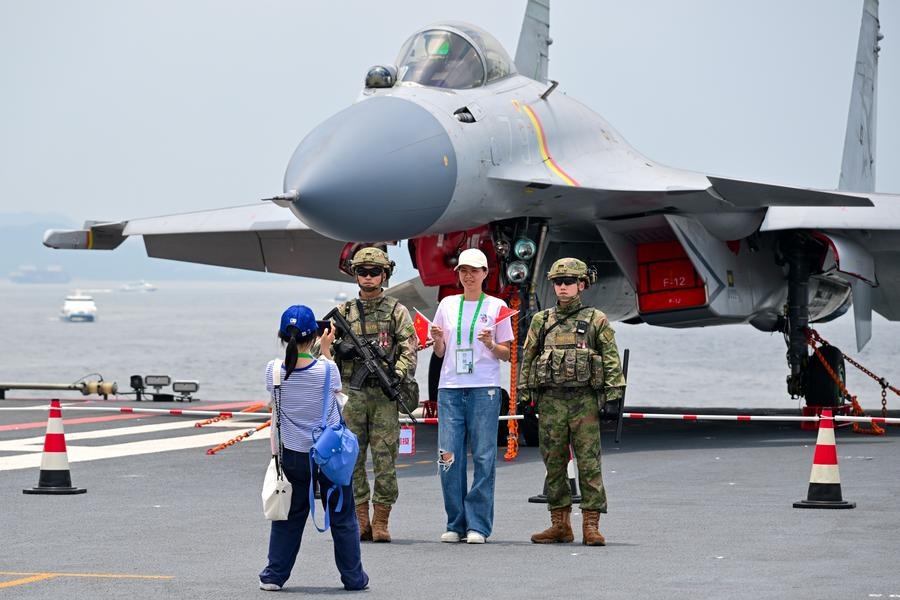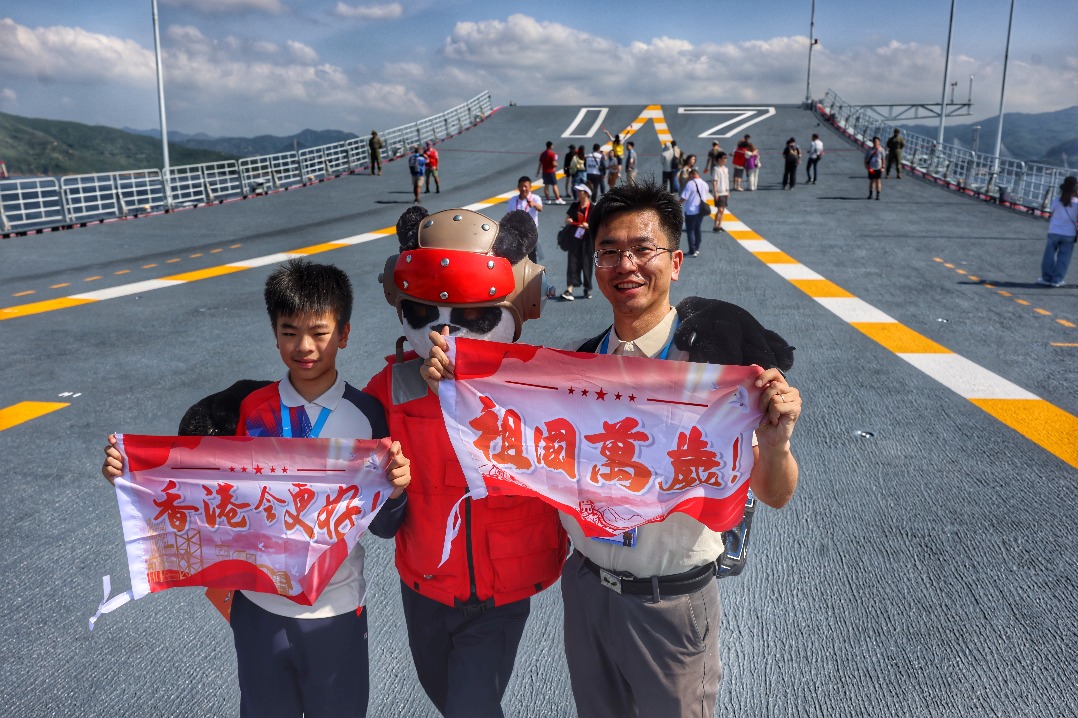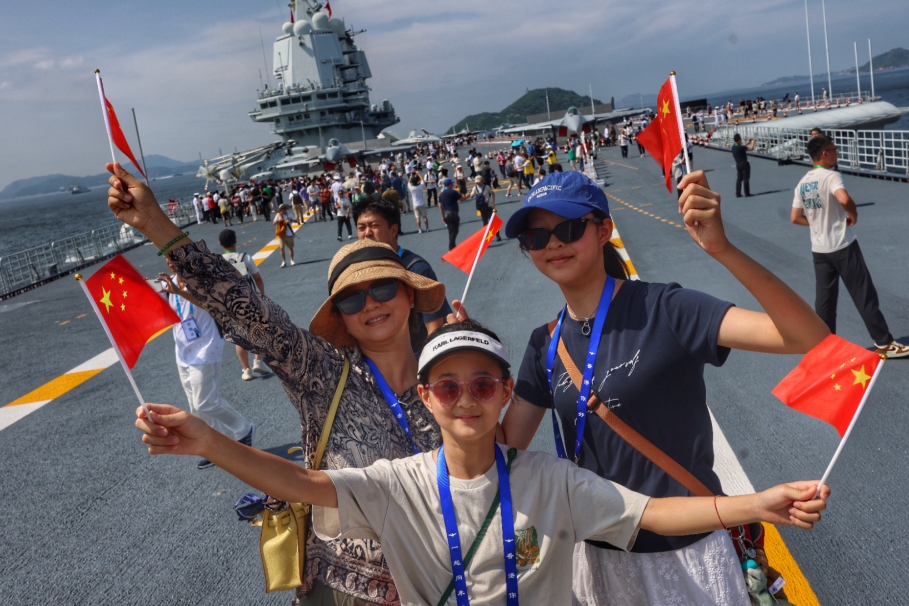New direction fires up China's porcelain capital


Ceramics were the backbone of Jingdezhen for centuries, until a downturn sent profits plummeting. Now, the city is cashing in on its illustrious history.
For centuries, the most coveted Chinese porcelain came from Jingdezhen's workshops, fashioned from clay made smooth by trained hands, fired in kilns and then transported across the globe.
Once, these pieces, notably blueand-white vases and jade-green celadon bowls, graced the British, Persian and French courts. Jingdezhen porcelain was one of China's first globalized commodities and its greatest export.
The Industrial Revolution in the West ended China's supremacy as cheaper, mass-produced porcelain took over the market. The fall of the Qing Dynasty (1644-1911) and wars in the early 20th century broke the artisan culture and lowered its status in global trade.
However, the tradition of craftsmanship never left Jingdezhen, a riverside city in the eastern province of Jiangxi, and it is now being revived from the roots. Studios and workshops have popped up around the city and in the surrounding valleys. Some of the new artisans hope to profit from their skills as China's rising middle-class prompts greater demand for fine porcelain.
For Ryan Labar, a ceramic artist from the United States, coming to Jingdezhen was like "a son returning home".
Three years ago, the 43-year-old set up a studio in Taoxichuan, a renovated production area which has become home to industrial heritage sites, alongside ceramic arts and crafts galleries and studios, plus restaurants, cafes and hotels.
Partnering with a young Chinese businessman, Labar established Lab Artz, a 260-square-meter workshop where he plans to house more artists and offer ceramics classes.
"There is a can-do attitude in China that pushes new ideas into reality," said Labar, who is fond of using traditional methods to make contemporary art.
He said that unlike traditional Chinese pieces that have definite shapes, his artworks are very abstract. Though he has not sold a piece in Jingdezhen, his porcelain is a hit in museums, hotels and galleries in Beijing, Shenzhen, Guangdong province, and Hong Kong, with the most expensive piece priced at 100,000 yuan ($14,800).
In Jingdezhen, artists such as Labar are known as jingpiao, or "floating population".
According to Zhong Zhisheng, the city's Party secretary, 30,000 jingpiao-including 5,000 expats-live in Jingdezhen. The city is home to 6,773 ceramic enterprises and workshops, and about 150,000 people work in the porcelain-related industry, nearly a quarter of the urban population.
"Jingdezhen is still the global ceramic innovation and exchange center," Zhong said. "The dream of revival is always in the hearts of Jingdezhen people."
- Study tour bolsters Sino-Vietnamese youth exchanges
- China builds barrier against desert expansion
- Guizhou dismantles most small hydropower stations to help aquatic ecosystem's health
- Meeting in Wuxi to shape future of Asia-Pacific aquaculture
- Reassessing main Eastern battlefield's role vital to safeguarding peace today
- China, Myanmar, Thailand hold ministerial-level meeting on telecom and cyberspace





































